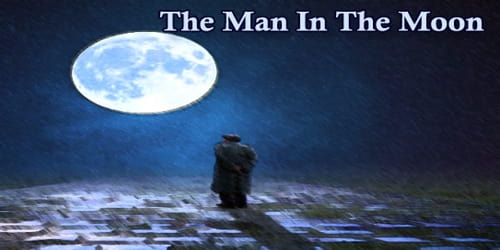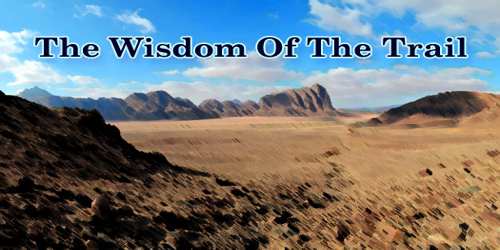Long ago there lived a tribe who traveled, season after season, through the Australian bush. They always were aware of the beauty surrounding them, and they often celebrated nature’s bounties.
One hot spring day, camped at the foot of high boulders, surrounded by a crystal clear river, the tribe decided they would rest. The heat that day was relentless, and in the west, they could see the gathering cumulus clouds that promised a storm, welcome respite from the heat. For now, they decided, with the noontime sun blazing down on them, they would sleep.
And so, shaded by eucalyptus trees, amidst the sweet scents of sassafras and Olearia, the people lay down to rest. Many closed their eyes and fell asleep in an instant, and as the others listened to their soft snoring, and gazed at the bright blue sky and waves of shimmering heat, they began to nod.
Before long, the whole tribe was fast asleep. Even the dogs, usually alert and restless, slept, exhausted by the sudden springtime heat.
Everyone slept, that is, except for one little child. Aroused by the sights and scents so new to her she was that new to the world the child wanted only to explore. Before long she wriggled out of her mother’s grasp. She crawled along with the rust-colored earth, moving toward a tangle of vines that grew around the waratah plant, with its beautiful white flowers.
Closer and closer the child crawled, but nobody noticed. The air was so still, not a single insect buzzed. Even the butterflies gave up their flight and rested among the flowers. The yammering kookaburra, usually so talkative, was silent, for he too was fast asleep. So were the other birds, and the lizards, and the kangaroos.
Now, as she crawled, one creature woke. The girl was burrowing among the vines where this creature slept the black snake. He had been lazily coiled beneath the shade of the vines, hidden there, but when he heard the child, he lifted his head, alert and curious.
Now, everyone knows the black snake is a poisonous creature. If the others had been awake, they might have screamed. But the truth is, the little girl was in no danger, for like the other members of her tribe, she was a child of an animal totem. And this little girl was the child of the Black Snake Totem. He would never be her enemy or cause her harm. In fact, the black snake was this child’s protector.
And so, when she lifted her hand to touch the glistening thing she saw beneath the vines, he lifted his head to her, eager to greet her.
The child gasped at the sight of such a strange and wonderful creature, at the way he slithered close, at the way his black head gleamed in the sun.
At the sound of the child’s grasp, the mother stirred. Reaching in her half-sleep to touch her child, she realized the girl was gone. She sat up, rubbed her eyes, and when she saw the snake reaching up toward her little girl, she let out a blood-curdling scream.
“My daughter help!” she screamed. “Someone help!”
At that, a dozen people woke and saw the black snake rising to meet the child.
In their haste, people forgot that the girl was a child of the Black Snake Totem and that the snake was no danger to her. One man raised his nullah-nullah, a sharpened club, and threw it as hard as it could at the black snake.
The snake caught the club on its back, which was instantly broken. Blood began to flow from the wound, pooling around the snake, splashing the flowers surrounding them.
But the snake did not die at once. Instead, he lifted the upper part of his body and reached for the child, and with that movement, a second man threw his club at the snake.
Everyone cried out, “No,” for the nullah-nullah was heading straight for the little girl, but just before it reached her, the snake managed to curl his body around her, and his body took the thrust of the weapon.
The nullah-nullah would have killed the girl if the snake had not protected her.
Everyone rushed toward them, and as they did, the snake let go and dropped to the ground. There, in the vines at the foot of the waratah shrub, he died of his wounds.
The mother quickly picked up her child and held her to her chest, softly crying and vowing she would protect her child forever.
But the little girl understood that she was protected, not only by the woman who held her but also by the bounty of nature that surrounded her.
The next morning, the little girl woke her mother, pointing excitedly toward the tangle of vines where the black snake had died. There the waratah flowers, once white as clouds, bloomed blood-red, and ever since that time, the waratah, the world’s most beautiful flower, blooms both red and white, in memory of nature’s way.
















